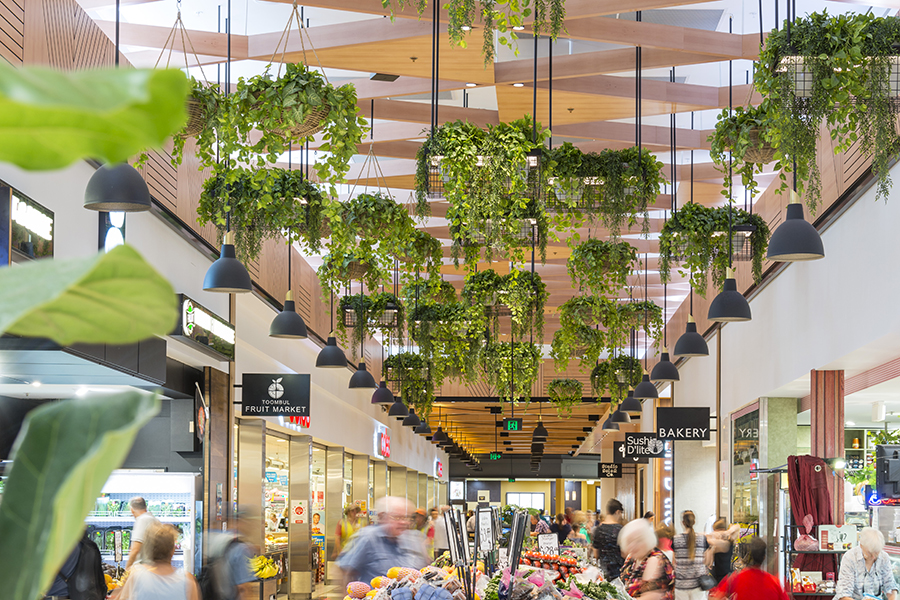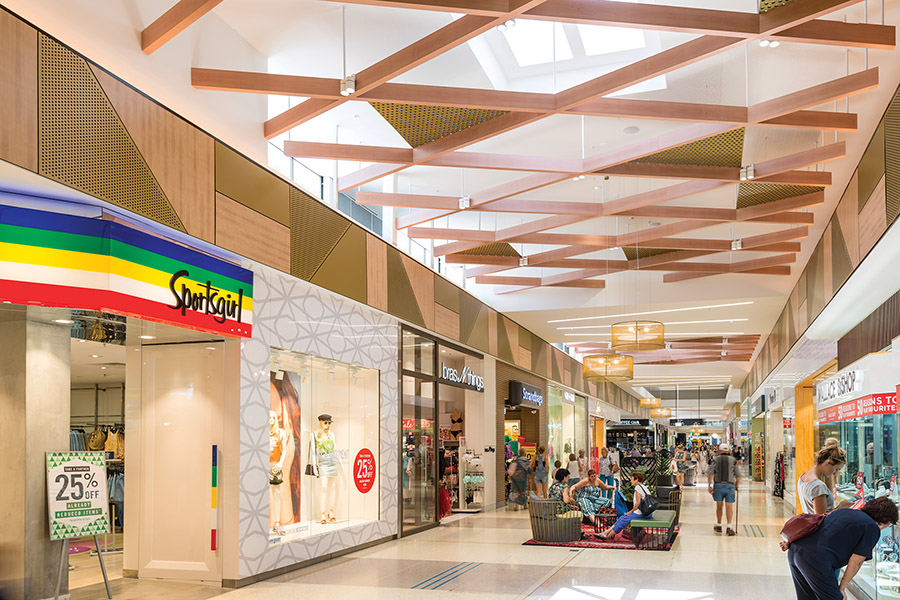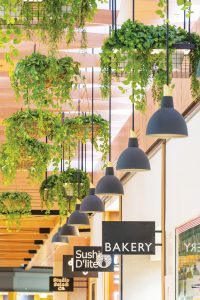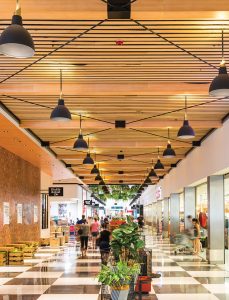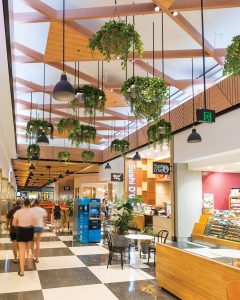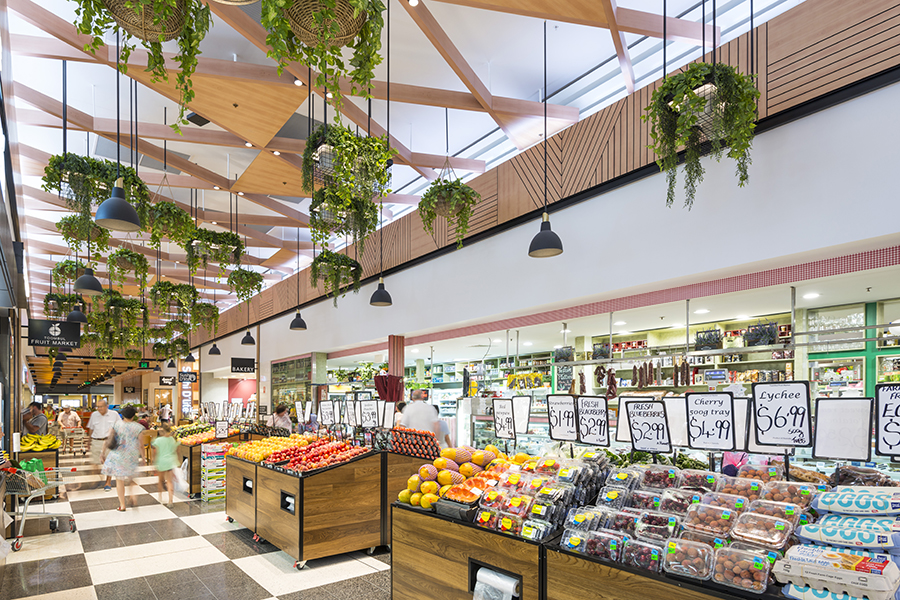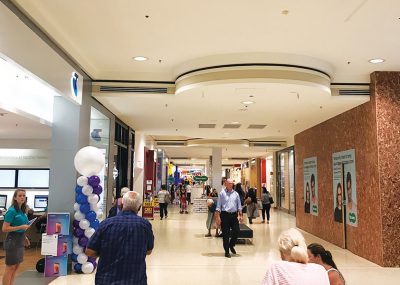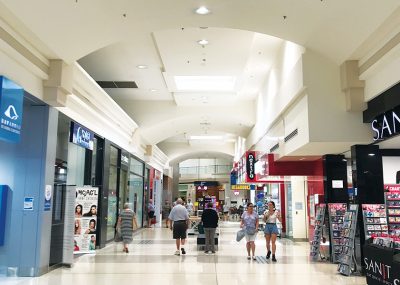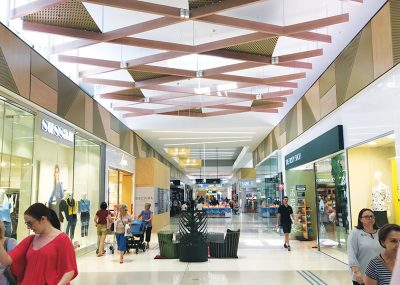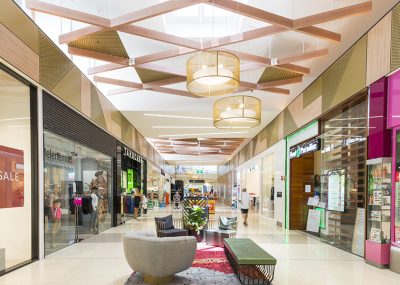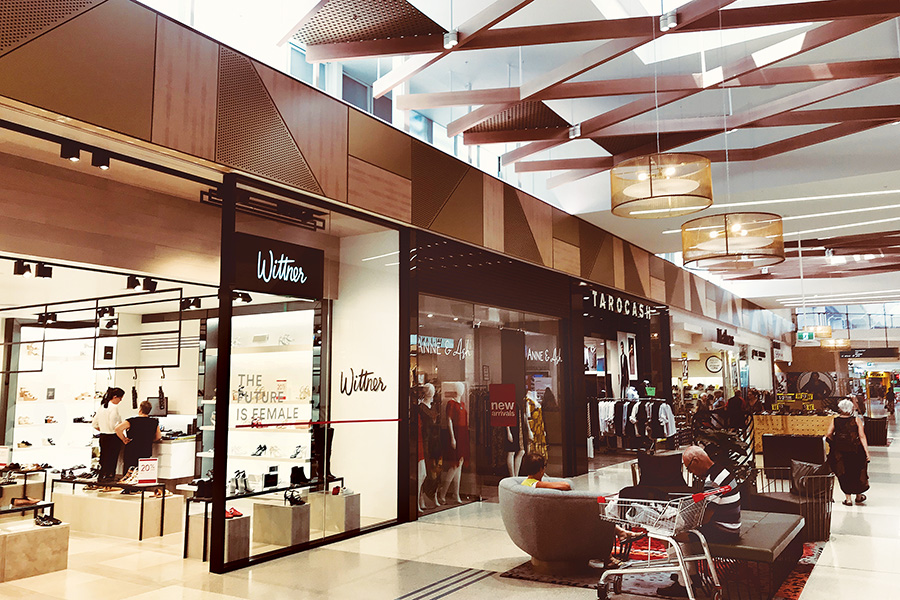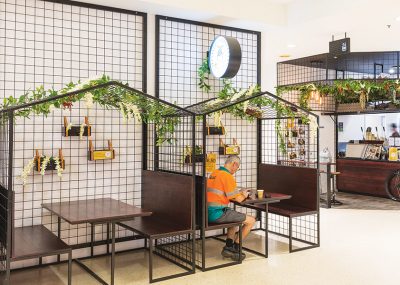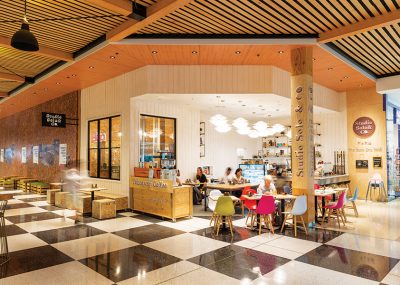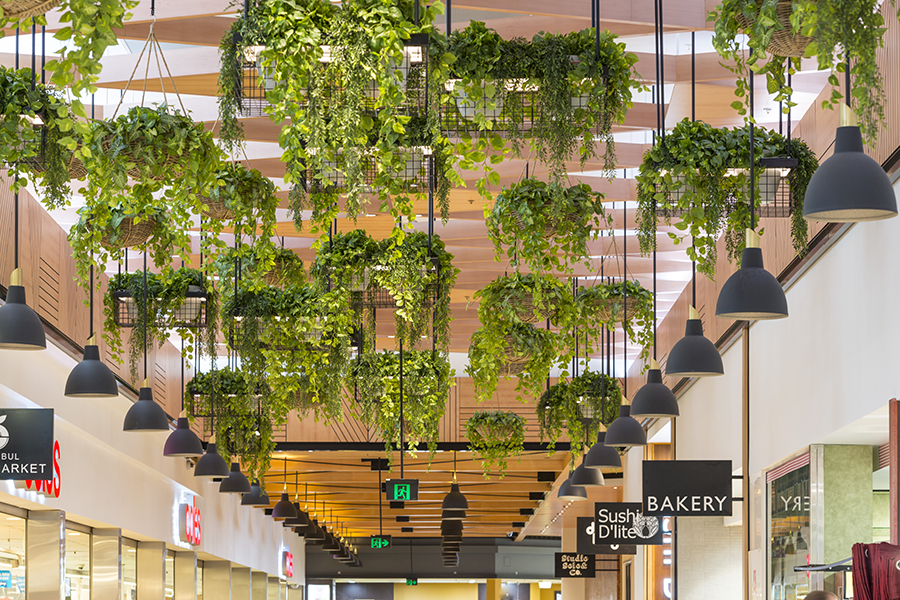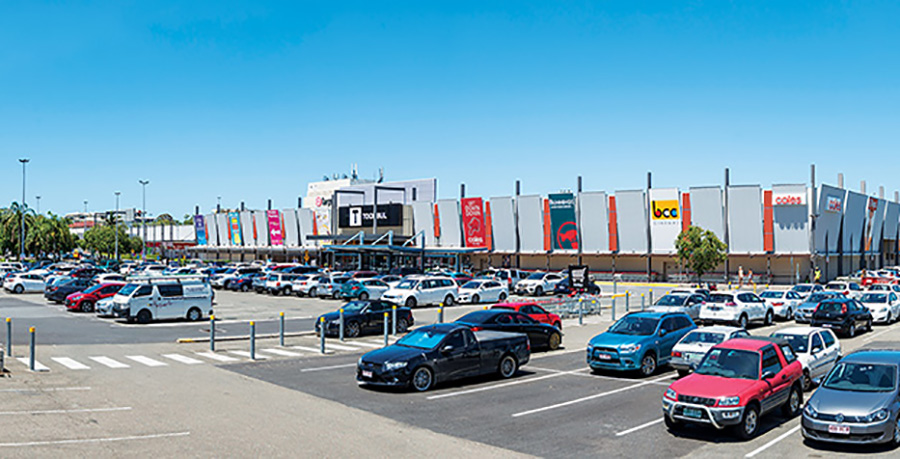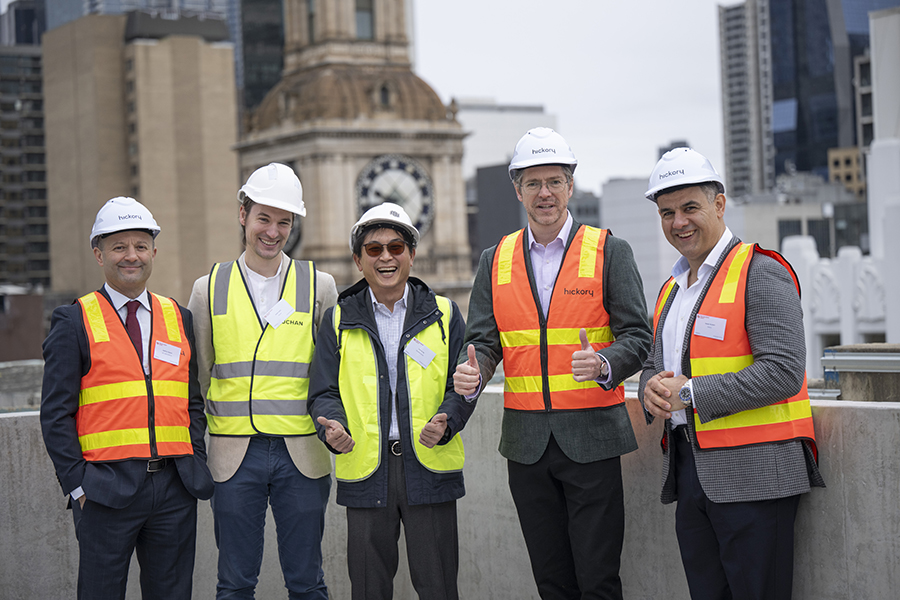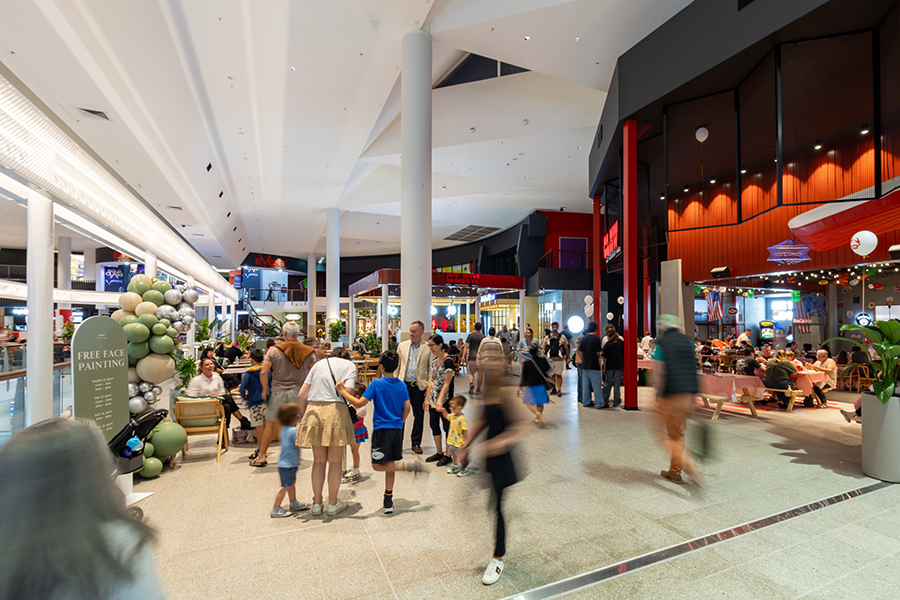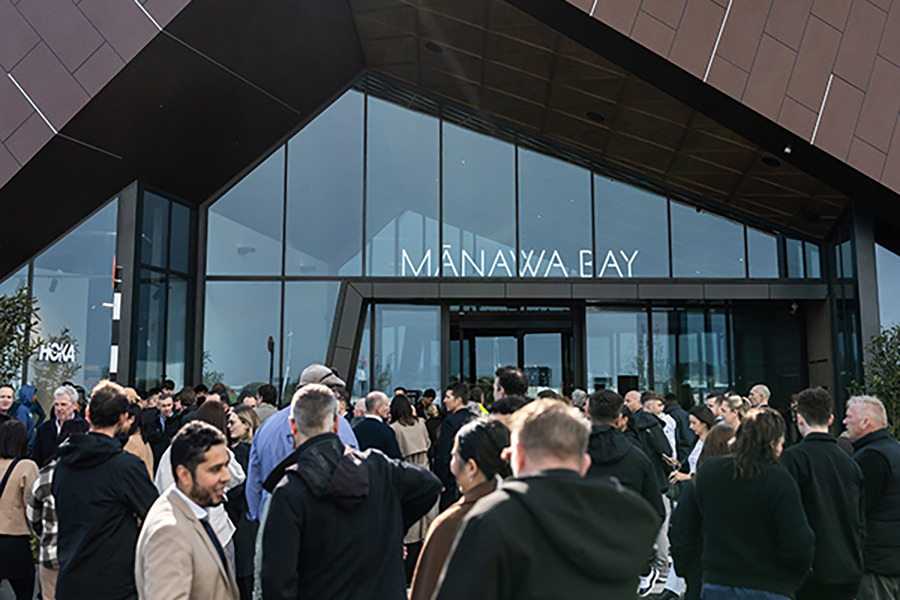Unlocking Value is the cornerstone of Mirvac Retail’s strategy. It’s a well-defined strategy, enunciated clearly a few years back when the company rationalised its retail portfolio. It was in 2013 that Mirvac decided to focus on key urban and metropolitan markets on the eastern seaboard. At the time, Susan MacDonald, Mirvac’s Head of Retail, announced that the company was looking for centres in urban areas that had the potential for future growth. They sought centres in newly created suburbs, or centres that may have been undermanaged, unloved, or even those that had begun a turnaround process as a result of changing demographics. In summation, they were seeking centres where the performance didn’t match the potential. In May 2016, Mirvac purchased Toombul Shopping Centre, situated on Brisbane’s outskirts.
As Mirvac described it at the time: “The acquisition is a perfect fit with our well-defined urban strategy”.
Just after purchase, Susan MacDonald told SCN: “It’s a fantastic repositioning opportunity. The demographic has changed dramatically since it was first developed and nothing much has been done to make it more relevant to its market.” (SCN Volume 34, No.3, 2016). That was two years ago.
How things have changed…
To illustrate what Mirvac is doing at Toombul, it’s necessary to go far beyond the physical changes that are occurring. Mirvac is following a strategy, an understanding of which reveals the real picture.
When Toombul Shopping Centre was first developed, in 1967, the market was lower to middle income – it comprised of workers moving to the ‘outer suburbs’ in order to purchase their first homes. Air-conditioning was a luxury, shopping centres were new, there was pride in the centre, the market took ownership and the centre thrived. But more than 20 years later, the 1990s arrived, and things were different.
Toombul’s market had matured and the surrounding suburbs were well established. By 1996, Westfield Toombul’s MAT was $194 million but it was no longer ‘special’; its market shopped there because it was convenient, the Coles supermarket continued to fire while the specialties simply maintained their turnovers. By 2006, the MAT had risen to only $229 million – less than 2% a year for a whole decade, a period when retail sales across the nation were rocketing and shopping centres were recording booming growth. (Westfield sold the centre in 2003).
But the next decade to 2016, the year of the Mirvac acquisition, tells the real story and illustrates the genius of the Mirvac purchase. Although by 2016, the demographic had changed dramatically, the MAT had stagnated. The core customer in the main trade area was now predominantly affluent, educated and social. The core customer base incorporated many young, well-educated, affluent, tech-savvy and socially conscious individuals expectant of high levels of service and quality. Being only eight kilometres from Brisbane’s CBD, the surrounding suburbs were more likely to be considered ‘inner’ rather than ‘outer’, with the result that property prices soared during the decade. MAT in 2006 was $229 million; in 2016, it was $228 million.
So, the genius? As it often does, it lay in simplicity. The region had changed and property prices had soared. The market had also changed, its spending power had increased. What’s more, the demographics had changed, in fact in retail terms, the entire composition of the trade area had changed. But the centre hadn’t. It was time to ‘Unlock its Value’.
Toombul Shopping Centre was drab; it lacked colour, vibrancy, atmosphere, yet the fundamentals were strong. The majors Kmart, Target, Coles, ALDI, along with seven mini-majors had a loyal following. The specialties, with an MAT/m2 p.a. of $8,366, although not breaking records, were trading at an acceptable level. The reality was that Toombul Shopping Centre simply wasn’t responding to its market and it needed a brand-new image.
Travelators were installed in the Kmart mall and some 200 under cover car-parks were added. Work began almost immediately on the Fresh Food Mall and the centre’s ambience and its offering began to change dramatically.
Narelle Checchin, Mirvac’s General Manager, Retail Development, told SCN that the answer to Toombul’s ‘re-birth’ is responding to the customers’ needs, recognising and maintaining the strengths of the centre, and identifying and unlocking opportunities while embracing and celebrating the centre’s iconic history of the centre.
“It’s a tailored approach in terms of development, leasing, asset management and marketing to create an urban retail destination.”
‘A picture tells a thousand words’. Look at the two pictures above; they are typical internal shots. Standing at the same point but now facing in the opposite direction, are the two pictures below. At the time of our visit, only parts of the malls had been rejuvenated so you can see ‘before’ and ‘after’. It’s a text-book case of very clever retail development, carried out by a team that knows the business – it’s not about money, it’s about expertise.
The Fresh Food Mall is complete and the transformation is stunning. Walk through this mall now and you could be anywhere – Sydney, Melbourne, New York, Paris or London. It’s bright, colourful, vibrant; it exudes product, tantalising merchandise; the smells, sights and sounds of a modern, sophisticated and leading edge fresh food offering.
Two ‘firsts’ are worth mentioning. Toombul Shopping Centre has introduced a new Petbarn – the first in Australia located inside a shopping centre, accompanied by the first ‘dog-friendly’ mall area with direct access to the new outlet. A new Bunnings store has also been added – the first Bunnings to have its entry directly from a shopping centre mall.
We talk a lot in our industry about our ‘partnership’ with the retailers. On a regeneration project such as this, the evidence of that partnership is as clear as a bell. In the Fresh Food Mall, Boost Juice has recently located to a dominant location at the main entrance to the centre, the butcher has undergone a total refurbishment and Bonbons Bakery will open its first Queensland store in the centre. Total refurbishments have been completed at Sushi D’Lite and the Toombul Fruit Market.
In the Fashion Mall, Bras N Things has undergone a total refurb and Sussan, Wittner, W Lane and Lovisa have all taken new tenancies since the Mirvac purchase, along with Decjuba and Taking Shape. These new tenancies complement the existing premium brands like Sportsgirl, Witchery and Tarocash.
And it doesn’t stop there. Mirvac plans to continue its investment in the Centre and has identified a number of opportunities for its customers, who are responding brilliantly to the investments Mirvac has made thus far, with foot traffic up more than 15% since acquisition.
So, whenever you hear our industry is somewhat static here in Australia, when you hear the commentators opine that there is little opportunity for growth and that what can be done has already been done, don’t believe it.
Toombul Shopping Centre sits in an affluent trade area, some eight kilometres from the CBD of Australia’s third largest city. High income households are identified as key residents within its trade area, with primary and secondary south sectors having per capita income levels some 30% and 44% above the respective Brisbane metropolitan average.
In the 10 years from 2006 to 2016, Toombul Shopping Centre had a static MAT. Mirvac purchased it less than two years ago. Its supermarkets presently trade at some $20,222/m2/p.a. – a 7.4% increase and some 84% above the Urbis average. The Specialty Food category has experienced a 9.5% increase to an MAT/m2/p.a. level of $16,427 or 55% above the Urbis average.
Mirvac is well along the way to totally refurbishing the centre, bringing it into the world of the 21st century and, more to the point, re-positioning it to respond to the needs, wants and aspirations of its trade-area residents.
The team working on this project is expert, committed and passionate – we at SCN have met them, spent time at the centre, talked to them at length – so our knowledge is first-hand.
Before it’s too late and the Toombul Shopping Centre redevelopment is completed, young and aspiring executives from all sectors of our industry should visit this centre, contrast the old with the new and experience first-hand what ‘Unlocking the Value’ is all about.
Toombul Shopping Centre, when purchased by Mirvac in 2016, was indeed tired. There aren’t many major centres anywhere in the world that can celebrate their 50th anniversary. Toombul Shopping Centre opened its doors on 11th October 1967 (then Westfield Toombul); it was the first shopping centre in Brisbane to be built with air-conditioning. Brisbane’s population was expanding and the suburb of Nundah, where Toombul is located, was one of the fastest growing areas in the city. So at the time, the centre was exciting, new, perhaps even glamorous, but what is certain is that it responded to its market.
As we all know, shopping centres are not static or fixed entities – they are organic – they grow, change, adapt. ‘Responding to the market’ is the fundamental principle on which successful shopping centres operate; there is no other, single, more important requirement.
In 1996, Westfield purchased Chermside, about 15 minutes by car from Toombul, and immediately began working on its expansion; Westfield Toombul slipped down the priority list. In 2003, Toombul Shopping Centre was acquired by Centro and the name changed to Centro Toombul. Eventually, Toombul Shopping Centre became somewhat static; it failed to change, it failed to adapt and it failed to respond to a changing market.
In 2005, Centro announced a two-stage extension; a fresh food mall anchored by a new ALDI formed the first stage, but then the planned second stage was never developed. Centro was in trouble, it’s focus was elsewhere; the company morphed into Federation, with Vicinity ultimately taking the reins. Again, Toombul was not a priority. Again, the centre failed to change, again it failed to adapt, again it failed to respond to its new market.
Mirvac read the scenario brilliantly; they pounced.
During the past six to seven years, Toombul Shopping Centre has occupied places ranging between 25 and 30 on the MAT ladder. By 2020, probably the first full year of trading after completion of the present planned and proposed works, SCN forecasts it will sit in a Top 10 position on the nation’s Little Gun MAT table. Now that’s ‘Unlocking Value’.


